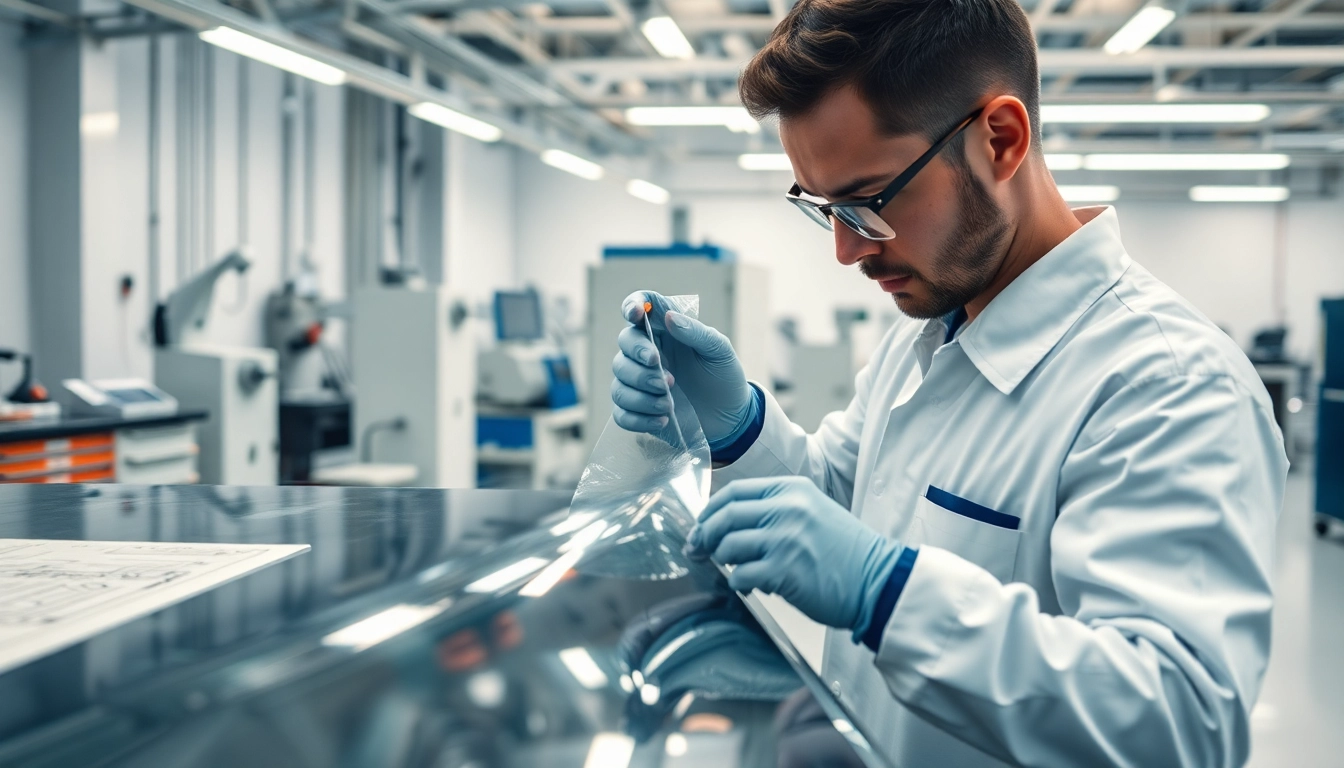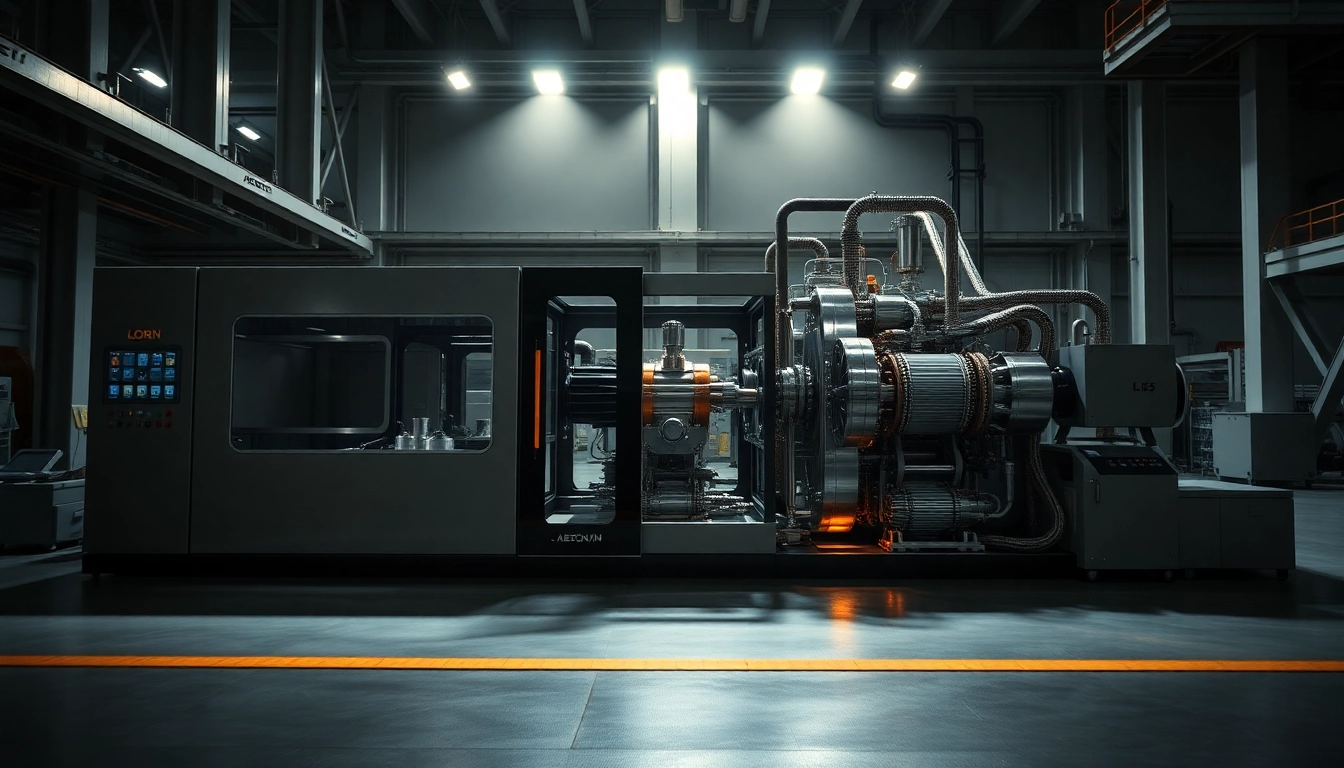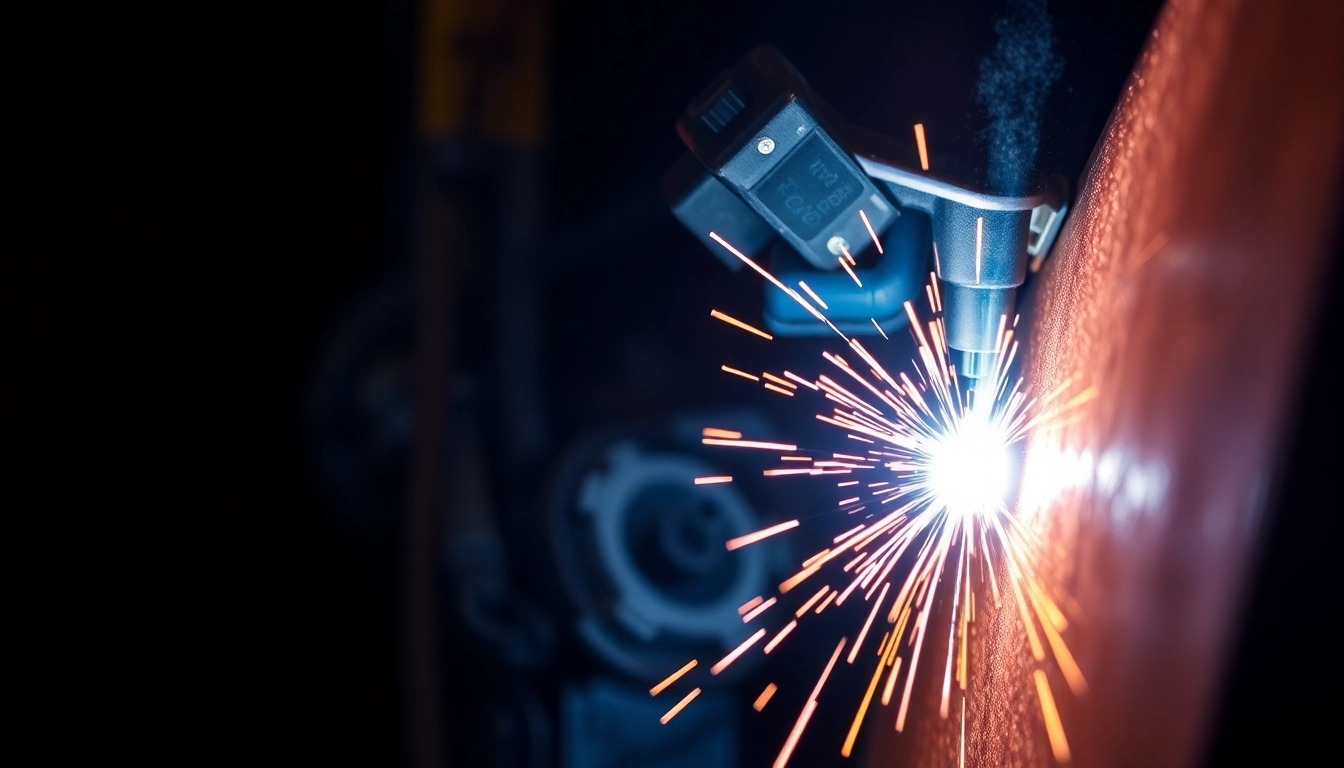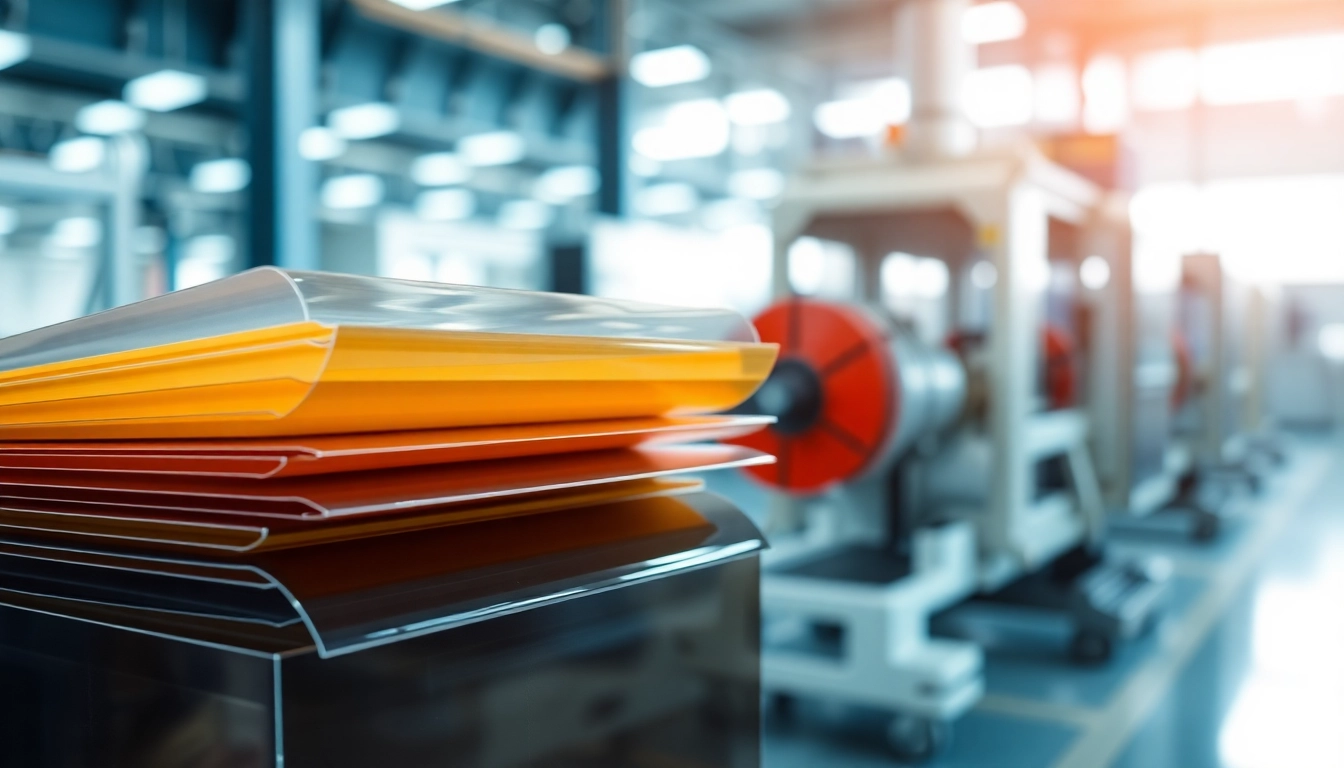Understanding Adhesive Films
What are Adhesive Films?
Adhesive films are specialized materials used in various manufacturing processes to bond two surfaces together. These films consist of layers of adhesive that have been pre-formed on a carrier substrate, allowing for a clean and controlled bonding process. When activated by heat or pressure, adhesive films transform into a highly effective bonding layer that promotes strong adhesion between composite materials. Their application spans numerous industries, including aerospace, automotive, and electronics, where precision and reliability are crucial.
Types of Adhesive Films and Their Applications
Adhesive films come in several types, each tailored for specific applications:
- Thermal Adhesive Films: These films cure upon exposure to heat. They are ideal for applications requiring quick bonding processes, such as in assembly lines.
- Pressure-Sensitive Adhesive Films: Designed for easy application and repositioning, these films stick upon contact without the need for heating. They are commonly used in packaging and labeling.
- Epoxy Adhesive Films: These films offer excellent durability and withstand extreme environmental conditions, making them suitable for aerospace and automotive applications.
- Polyurethane Adhesive Films: Known for their flexibility and resilience, these films are used in a range of applications, from fabrics to automotive interiors.
Understanding the different types of adhesive films allows manufacturers to select the most suitable option for their specific bonding needs, ensuring optimal performance and reliability.
Benefits of Using Adhesive Films in Manufacturing
The use of adhesive films in manufacturing processes presents numerous benefits, including:
- Enhanced Bonding Strength: Adhesive films provide consistent bonding strength, reducing the likelihood of failures in critical applications.
- Cleaner Application: Unlike liquid adhesives, adhesive films minimize mess and waste, as they are pre-formed and ready for application.
- Control and Precision: These films allow for precise application, which is crucial in industries that require high accuracy and repeatability.
- Versatility: Adhesive films can bond a variety of materials, including plastics, metals, and composites, making them ideal for diverse applications.
Features of High-Quality Adhesive Films
Key Properties to Look For
When evaluating adhesive films, it is essential to consider several key properties:
- Viscosity: The viscosity of an adhesive film determines how easily it can be applied and how well it will conform to surfaces.
- Temperature Resistance: High-quality adhesive films should withstand a range of temperatures without losing performance, particularly in aerospace and automotive applications.
- Shear and Peel Strength: The film’s ability to withstand forces without delaminating or peeling away from surfaces is critical, especially in load-bearing applications.
- Flexibility: A flexible adhesive film can better accommodate the thermal expansion and contraction of bonded surfaces, reducing the risk of bond failure.
Material Construction and Performance
The materials used in adhesive films significantly influence their performance. The construction often includes multiple layers that enhance durability. Common materials include:
- Polyesters: These are favored for their balance of strength, flexibility, and resistance to moisture.
- Polyamides: Known for their thermal stability and chemical resistance, polyamides are ideal in demanding environments.
- Foams: Foam-based adhesive films can provide cushioning and vibration dampening, making them suitable for applications in automotive and aerospace sectors.
Each material has unique characteristics that determine its suitability for specific applications, leading to better performance and longer product lifespans.
Environmental Considerations and Durability
Adhesive films must also meet certain environmental standards to ensure sustainability and reduce ecological impact. Key considerations include:
- Low VOC Content: Films designed with low volatile organic compounds are critical for maintaining indoor air quality and minimizing environmental emissions.
- Durability in Harsh Conditions: Adhesive films must resist moisture, UV radiation, and temperature fluctuations, ensuring longevity even in challenging environments.
- Recyclability: Developing adhesive films that can be recycled helps reduce waste and promotes environmental sustainability.
Best Practices for Applying Adhesive Films
Preparation of Surfaces for Bonding
The effectiveness of adhesive films greatly depends on proper surface preparation. Surfaces must be cleaned and treated to ensure strong adhesion. This includes:
- Cleaning: Remove dirt, grease, and contaminants using appropriate solvents or cleaning agents.
- Surface Roughening: Mechanical or chemical methods can be used to create a texture that enhances adhesion.
- Drying: Ensure that the surface is completely dry before film application to prevent moisture interference during bonding.
Application Techniques and Tools
Applying adhesive films requires precision and the right techniques. Recommended practices include:
- Using Applicators: Specialized applicators help achieve uniform pressure and consistency during film application.
- Avoiding Air Bubbles: Techniques such as rolling from the center outwards can help eliminate air bubbles trapped under the film.
- Adhering to Recommendations: Following manufacturer instructions for temperature and pressure during application allows for optimal curing and performance.
Curing and Final Inspection
Once applied, adhesive films must undergo curing, which activates the adhesive properties. Curing processes may vary and include heat curing or pressure application. After curing, a final inspection ensures proper adhesion and bond integrity. Checking for any visible defects, such as delamination or uneven surfaces, helps guarantee quality.
Common Challenges and Solutions
Adhesive Bond Failure: Causes and Prevention
Adhesive bond failures can arise from several factors. Common causes include:
- Improper Surface Preparation: Failing to adequately clean or prepare surfaces can lead to weak bonds.
- Inadequate Curing: Not following curing times and conditions can compromise bond strength.
- Environmental Factors: Exposure to extreme temperatures or moisture can weaken the adhesive bond. Solutions involve ensuring thorough surface preparation, adhering to recommended curing practices, and implementing control measures to protect bonds from environmental impacts.
Dealing with Environmental Factors
Environmental conditions can significantly influence the performance of adhesive films. Manufacturers can take preventive measures such as:
- Choosing the Right Film: Selecting films designed to withstand specific environmental conditions (e.g., humidity, temperature fluctuations) ensures longevity.
- Controlled Environments: Where possible, implementing controlled environments during application phases minimizes issues related to air moisture and temperature.
Optimizing Adhesion for Different Substrates
Bonding different substrates presents unique challenges. Strategies to enhance adhesion include:
- Testing Adhesion: Conducting preliminary tests with different materials helps evaluate bond strength and compatibility.
- Adhesive Selection: Using adhesive films tailored to specific materials ensures that performance criteria are met.
Innovative Trends in Adhesive Film Technology
Advancements in Material Science
Ongoing innovations in material science continuously improve adhesive film performance. Emerging trends include:
- Smart Adhesives: These materials respond to external stimuli, such as temperature or pH changes, enhancing functionality.
- Biodegradable Films: Development of eco-friendly adhesive films that decompose naturally addresses sustainability concerns.
Cross-Industry Applications and Versatility
Adhesive films have seen expanding utility across various industries, illustrating their versatility:
- Aerospace: High-performance adhesive films enhance structural integrity in aircraft.
- Automotive: Films are utilized in lightweighting initiatives, often replacing traditional bonding methods.
- Electronics: In the electronics sector, adhesive films secure components while allowing for heat dissipation and vibration reduction.
Future Directions in Adhesive Film Development
The future of adhesive film technology looks promising, with ongoing research focusing on increasing performance, reducing costs, and improving environmental impact. The continued evolution of materials and application techniques will undoubtedly lead to groundbreaking advancements in how adhesive films contribute to manufacturing processes across various industries. As we embrace these technological trends, the quest for performance optimization and sustainability remains at the forefront of adhesive film development.
In conclusion, adhesive films have become an essential component in modern manufacturing. Their ability to provide reliable, strong bonds in a wide range of applications not only enhances product durability but also contributes to efficiency in production. By understanding the different types of adhesive films, their benefits, and best practices for application, manufacturers can leverage these materials to achieve superior bonding solutions, meeting the growing demands of diverse industries. For more information on advanced adhesive solutions, visit https://www.makobond.com/adhesives-films.



